Researchers have been able to stop the development of Alzheimer’s in mice, a breakthrough that gives hope of a future cure in humans.
A major problem concerning Alzheimer’s is that we are yet to establish the underlying cause of the disease, making it difficult to develop effective treatments or a cure to the disease. But now, researchers have found something to aim for.
We do know that the disease process is associated with plaques and tangles in the brain. Those suffering from Alzheimer’s disease have small lumps formed in the grey matter of the brain. These lumps are called plaques and damage the brain. Plaques are mostly composed of insoluble deposits of beta-amyloid peptide and cellular material outside and around neurons.
Now, researchers at the Cleveland Clinic Lerner Research Institute in the U.S. conducted tests on genetically engineered mice that developed plaque and then managed to reverse the harmful growth. They did so by reducing levels of the so-called BACE1 protein.
The researchers used two kinds of mice in their research. One group of healthy but genetically altered mice with low levels of the so-called BACE1 protein, and another group of mice with Alzheimer’s.
They then paired the healthy mice with the sick, these then had offspring that once reaching a certain age, began to develop Alzheimer’s. But then the disease reverse and the mice all became healthier. Eventually, the mice offspring were cured of Alzheimer’s, with no plaque left in their brains.
“To our knowledge, this is the first observation of such a dramatic reversal of amyloid deposition in any study of Alzheimer’s disease mouse models,”
“Our study provides genetic evidence that preformed amyloid deposition can be completely reversed after sequential and increased deletion of BACE1 in the adult,”
– Riqiang Yan, from Cleveland Clinic Lerner Research Institute.
According to the study, the mice offspring demonstrated improved brain functions, such as better memory and learning ability. However, despite the fact that this method was successful for mice, it would be a challenge to translate this human.
We simply cannot manipulate people like this, but instead, you need to design a drug that goes into the brain and blocks the protein. In theory, it works, but the road there will be difficult.
Another problem is that although the protein has adverse effects related to Alzheimer’s, it is also required for healthy brain function. BACE1 controls many important processes by cleaving proteins other than APP, these drugs could have serious side effects. Mice completely lacking BACE1 suffer severe neurodevelopmental defects.
When the researchers made electrophysiological recordings of neurons from these animals, they found that depletion of BACE1 only partially restored synaptic function, demonstrating the tradeoff associated with BACE1, as it is required for optimal synaptic activity and cognition.
The study has been published in the journal Journal of Experimental Medicine.
Reference:
Xiangyou Hu et al. BACE1 deletion in the adult mouse reverses preformed amyloid deposition and improves cognitive functions DOI: 10.1084/jem.20171831 | Published February 14, 2018


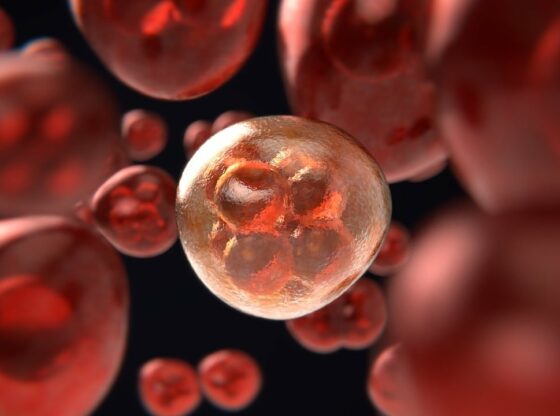



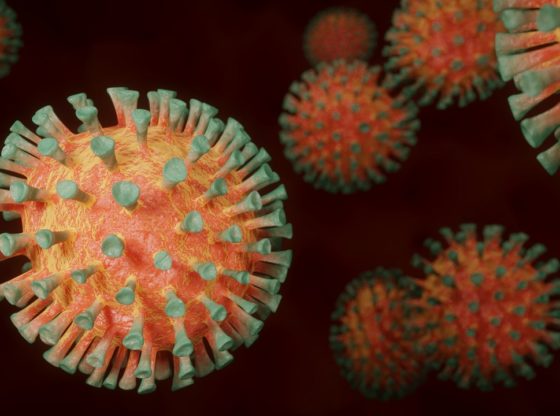
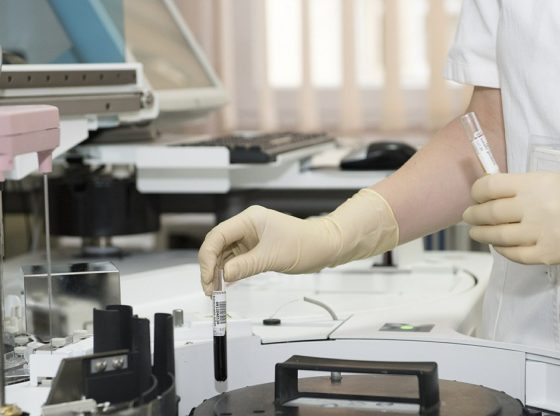
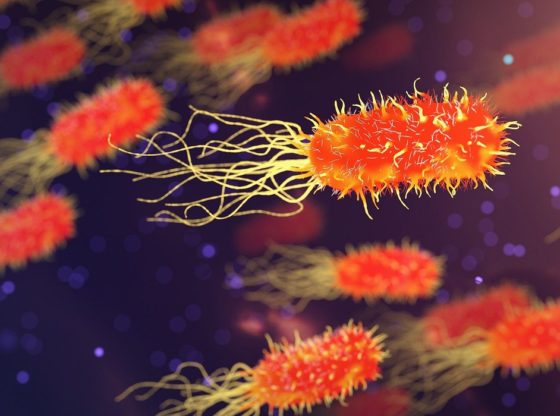
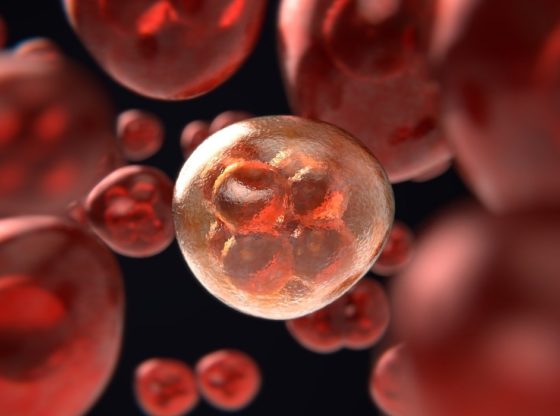


![OpenAI. (2025). ChatGPT [Large language model]. https://chatgpt.com](https://www.illustratedcuriosity.com/files/media/55136/b1b0b614-5b72-486c-901d-ff244549d67a-350x260.webp)
![OpenAI. (2025). ChatGPT [Large language model]. https://chatgpt.com](https://www.illustratedcuriosity.com/files/media/55124/79bc18fa-f616-4951-856f-cc724ad5d497-350x260.webp)
![OpenAI. (2025). ChatGPT [Large language model]. https://chatgpt.com](https://www.illustratedcuriosity.com/files/media/55099/2638a982-b4de-4913-8a1c-1479df352bf3-350x260.webp)








